What Are the Steps to Trap an Opossum?
Opossums can be quite the nuisance, so it’s trapping and seeing just who’s been making all the commotion on your property is satisfying. However, there are steps to trapping an opossum. You need the right type of trap, the proper bait, and an action plan for when you do trap it.
First and foremost, be sure that it’s actually an opossum that is causing the problem. It could easily be a pet, a neighborhood cat, or another critter getting into your garbage and living under your porch. So, identification is the precursor to the trapping process.
Step 1: Types of Opossum Traps
There are several types of opossum traps available to purchase. Check with your local laws about trapping opossum steps before buying any, though. Some areas require you to hold a Wildlife Trapping and Removal License. If you don’t have this license and you live in an area that requires one, then you should call a professional instead.
Single door traps work as the name implies: there’s one door leading in or out. This type of opossum trap is preferred by professionals as it’s the safest for placing and protecting the bait.
Double door traps have a door on either side. This type offers reassurance to weary opossums who are attracted to the bait because they can see straight through the trap.
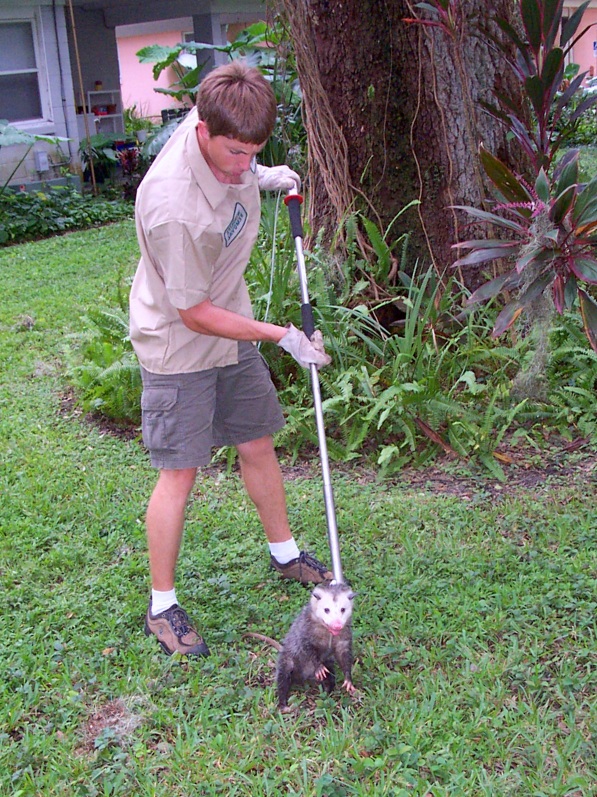
It can also be set with just one door open if you prefer. These double door opossum traps often have a higher catch rate, but that doesn’t necessarily mean you’re catching opossums only.Leg hold traps don’t cage the animal, rather they trap it by its legs instead. This sounds like the least humane method for trapping opossums, but professional opinions differ on that.
Step 2: Deciding Location for Opossum Trap
The placement of the trap is incredibly important. But before that, you need to figure out how many traps you need. If it’s just one opossum, then that’s easy. If it’s two or three, then that makes it a little more difficult. But if you’re dealing with a family, then your best bet is to call a professional.
If the opossum is living in a hollow tree or somewhere in your yard away from your house, then set the trap about 3 feet away from the entrance to its den. Make sure it’s on a flat surface, though, otherwise there’s a higher risk of failure.
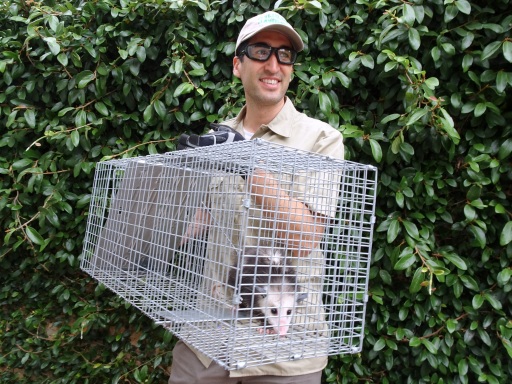
Another ideal spot is where the opossum is usually seen, which is likely around garbage cans. If the animal is in your attic, crawlspace, or under the porch, then set the trap in the middle of the room.
No matter where you place it, make sure it’s out of direct sunlight and somewhat camouflaged. You don’t want to make it obvious to the animal that you’re trying to trap it.
Step 3: Baiting Your Opossum Trap
Opossums are omnivores, so they’ll eat anything and everything. This is why they seem to rummage through whatever they can in your garbage. The best opossum bait is usually fish or apples. However, you can use canned pet food, meatballs, lettuce–really, they eat anything. It’s advised, though, that you stay away from placing meat. It’s up to your discretion, but meat generally attracts other animals. If you want higher chances of trapping an opossum and not the neighborhood cat, then go for apples and other fruits.

Step 4: Check Your Opossum Traps
You need to check the traps often, at least once per day. If you don’t, you run the risk of the opossum escaping or dying of starvation.
When you do trap the opossum that’s been destroying your lovely property, you’ll need to decide what to do with it. If you’re against calling a professional, then cover the cage with a blanket or sheet and drive it at least 5 miles away from your home. Opossums, like many animals, can find their way back easily. If they’ve made your home theirs, then don’t be surprised if it shows back up one day.
The safest bet, and the most humane, is to call a professional. It won’t be as expensive since you’ve done the work trapping it, and many places relocate trapped animals for free. It doesn’t hurt to call!
Hopefully, after trapping and releasing your pesky opossum, you can get back to a pest-free life.
Select Your Animal

Raccoons
Raccoon Removal Information & How-To Tips
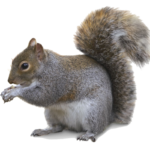
Squirrel
Squirrel Removal Information & How-To Tips
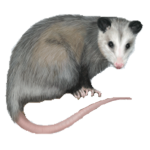
Opossum
Opossum Removal Information & How-To Tips
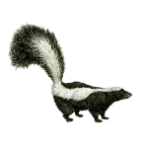
Skunks
Skunks Removal Information & How-To Tips
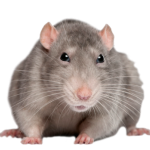
Rats
Rat Removal Information & How-To Tips
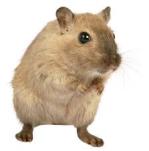
Mouse
Mouse Removal Information & How-To Tips
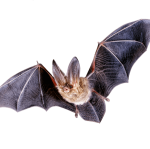
Bat
Bat Removal Information & How-To Tips
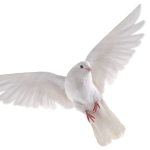
Bird
Bird Removal Information & How-To Tips
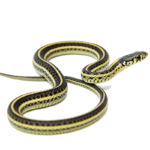
Snake
Snake Removal Information & How-To Tips
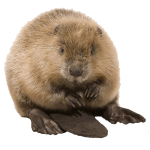
Beaver
Beaver Removal Information & How-To Tips
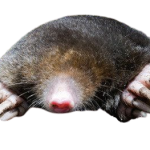
Mole
Mole Removal Information & How-To Tips
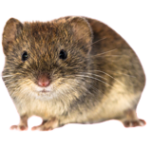
Vole
Vole Removal Information & How-To Tips

Gopher
Gopher Removal Information & How-To Tips
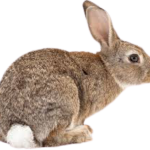
Rabbit
Rabbit Removal Information & How-To Tips

Woodchuck
Woodchuck Removal Information & How-To Tips
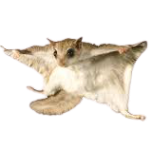
Flying Squirrel
Flying Squirrel Removal Information & How-To Tips
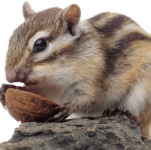
Chipmunk
Chipmunk Removal Information & How-To Tips
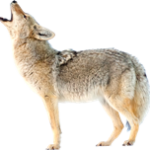
Coyote
Coyote Removal Information & How-To Tips

Fox
Fox Removal Information & How-To Tips

Wild Hog
Wild Hog Removal Information & How-To Tips
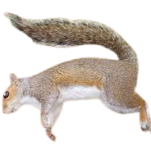
Dead Animal
Dead Animal Removal Information & How-To Tips